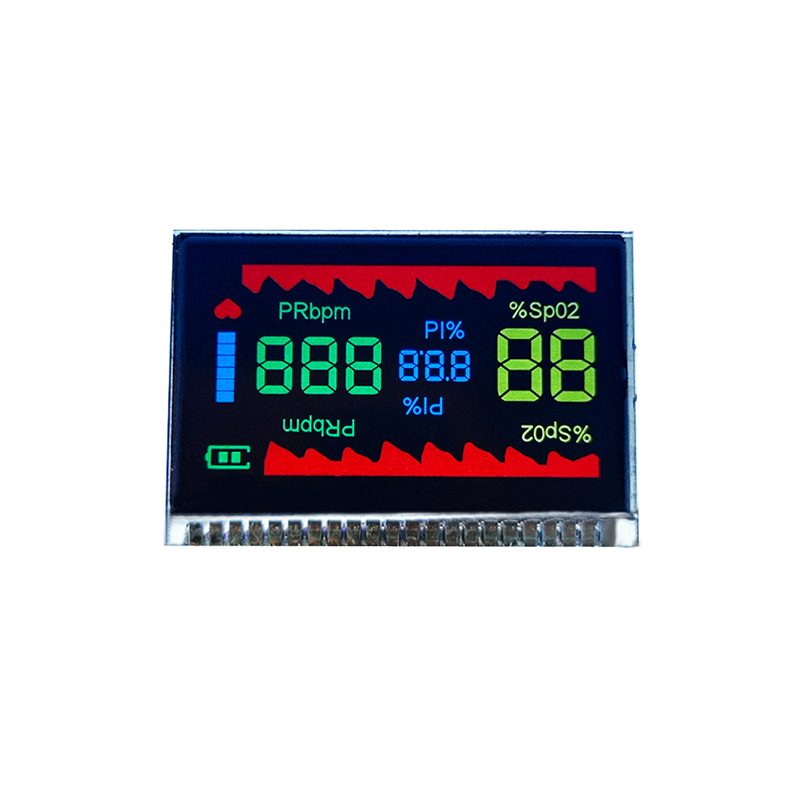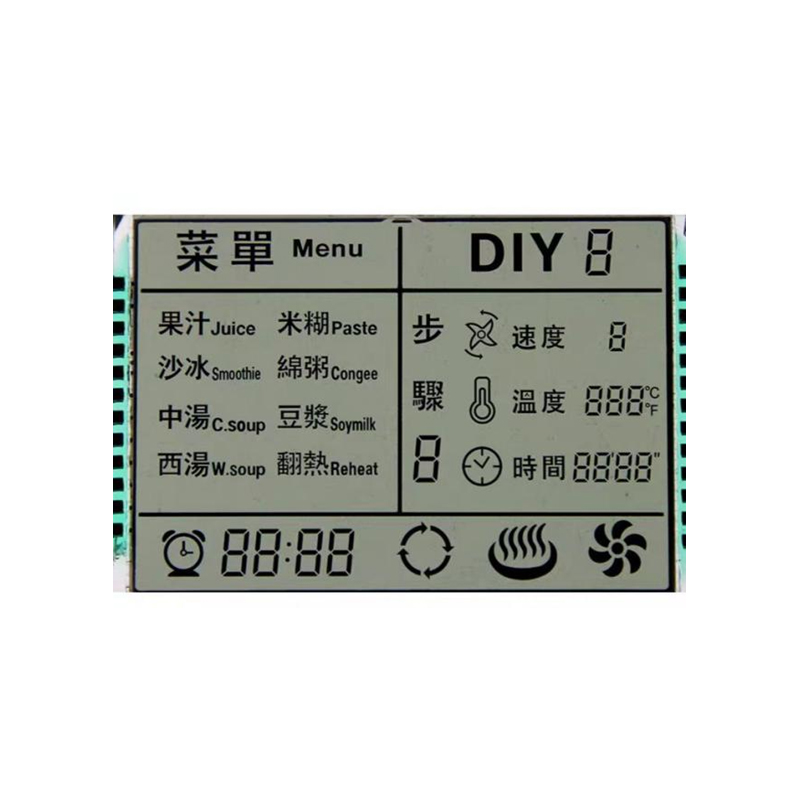
This guide provides a detailed overview of 1602 LCD display modules, covering their specifications, applications, and selection criteria. We explore various aspects to help you choose the right module for your project. Learn about key features, common uses, and potential challenges in integrating these versatile displays into your designs.
The HD44780-based 1602 LCD display module is a ubiquitous component in electronics projects. It's a character-based liquid crystal display that features a 16x2 grid (16 characters per line, 2 lines total). Its compact size and relatively low cost make it ideal for a wide range of applications. This module is commonly used for displaying text-based information, such as sensor readings, system status messages, or simple menus.
Typical specifications include a 5V operating voltage, although some variations can operate at 3.3V. They often incorporate an I2C interface for simplified communication with microcontrollers, though some models use a more traditional parallel interface. The character set typically includes alphanumeric characters, symbols, and even some specialized characters. Contrast adjustment is usually possible through a potentiometer on the module itself. Consider factors like viewing angle, operating temperature range, and backlight type (e.g., LED) when selecting a 1602 LCD display module for your project. For a broader selection, explore options from manufacturers like Dalian Eastern Display Co., Ltd. (https://www.ed-lcd.com/).
The versatility of the 1602 LCD display module shines through in its diverse applications:
Selecting the appropriate 1602 LCD display module requires careful consideration of several factors:
| Feature | Module A | Module B |
|---|---|---|
| Interface | I2C | Parallel |
| Backlight | White LED | Blue LED |
| Operating Voltage | 5V | 3.3V & 5V |
| Price (USD) | $2.50 | $3.00 |
Note: The above table is a hypothetical comparison for illustrative purposes only. Actual specifications and pricing may vary depending on the supplier and model.
While generally reliable, 1602 LCD display modules can occasionally present issues. Common problems include improper contrast adjustment, faulty connections, and power supply issues. Always double-check your wiring and ensure proper power is supplied before investigating more complex problems. Online resources and forums often offer valuable troubleshooting assistance.
By carefully considering the factors outlined above, you can select and integrate a 1602 LCD display module into your project successfully.












